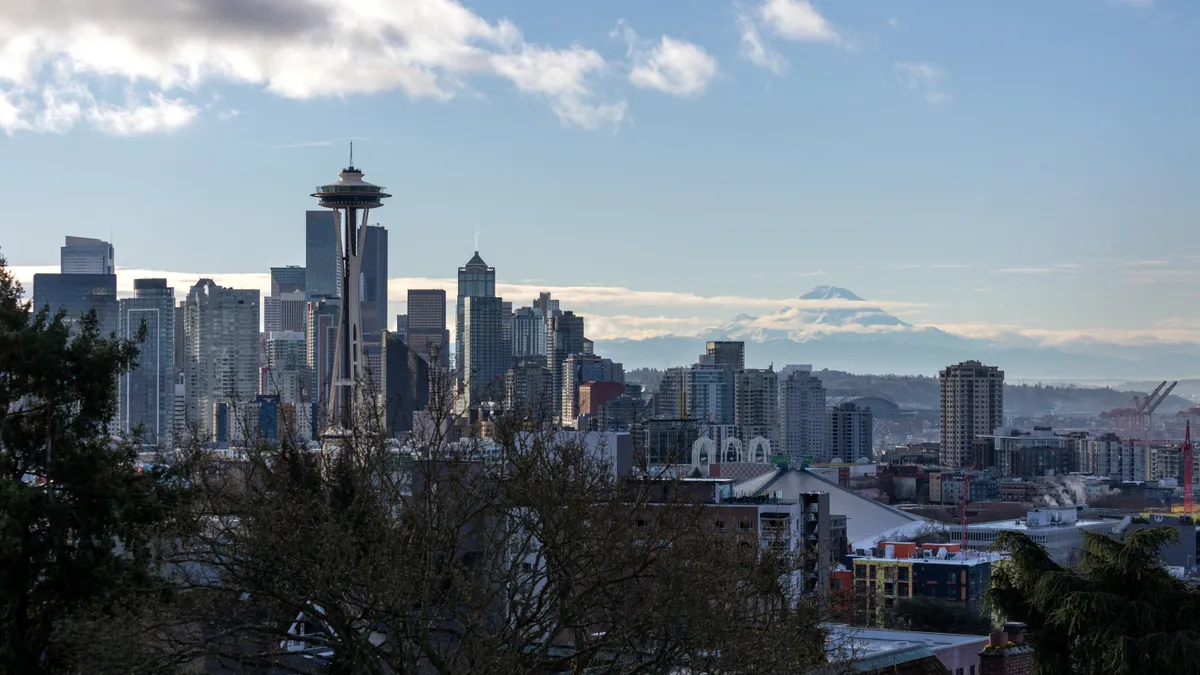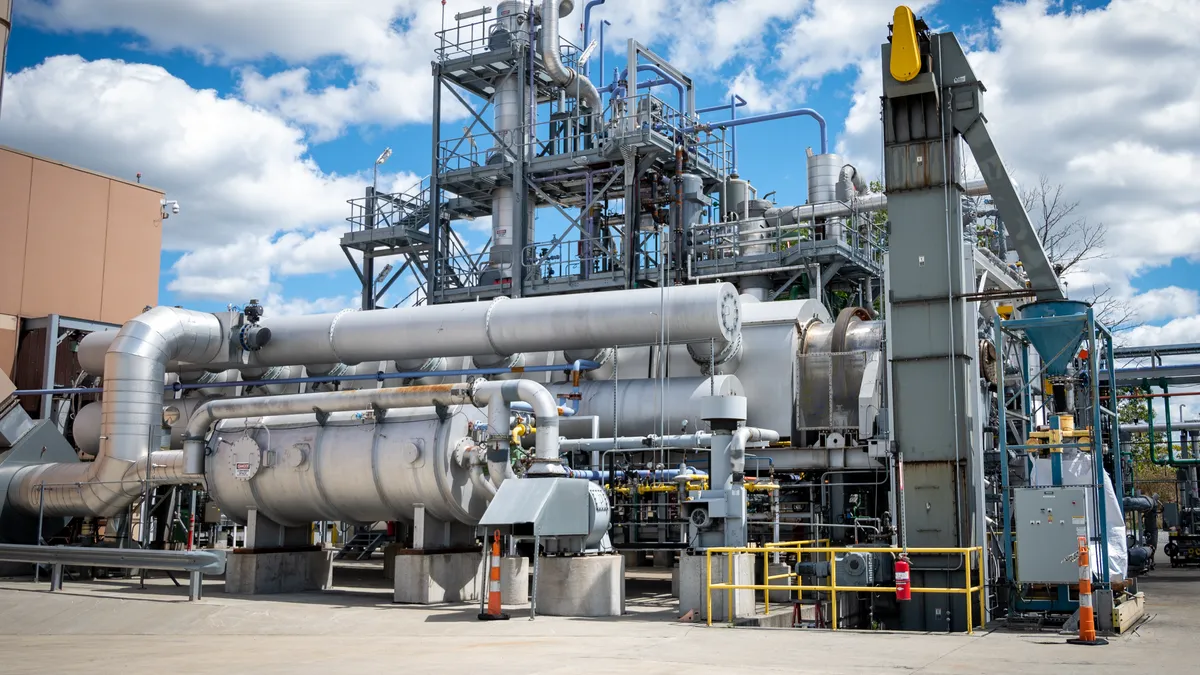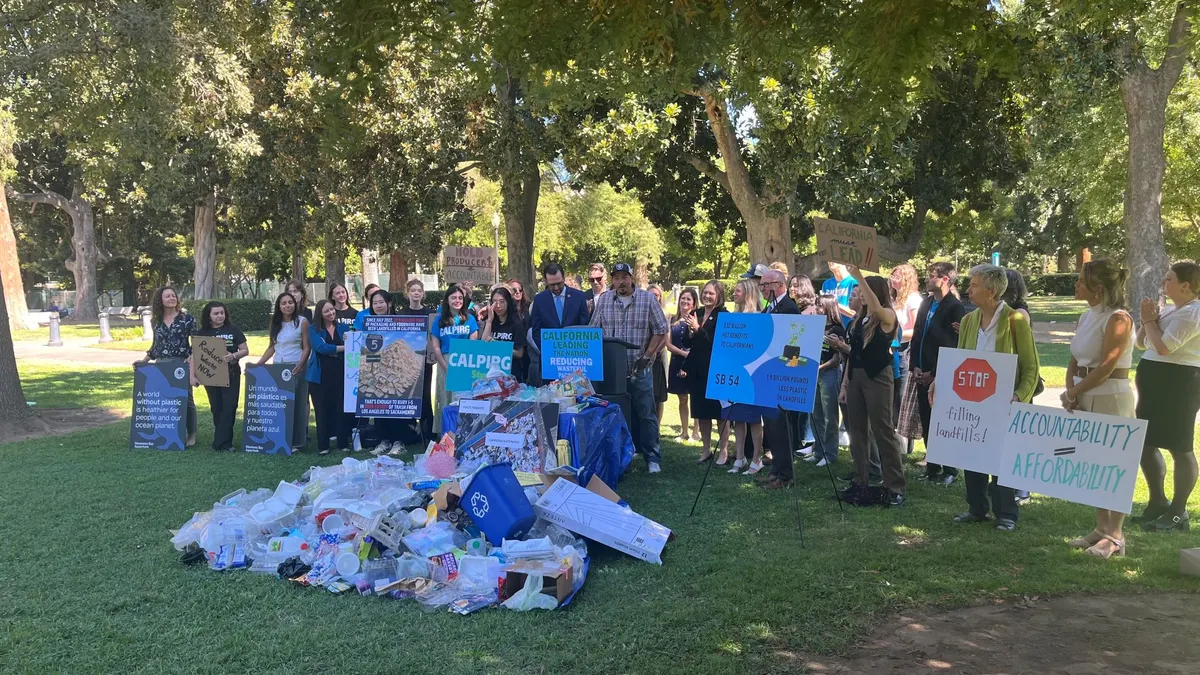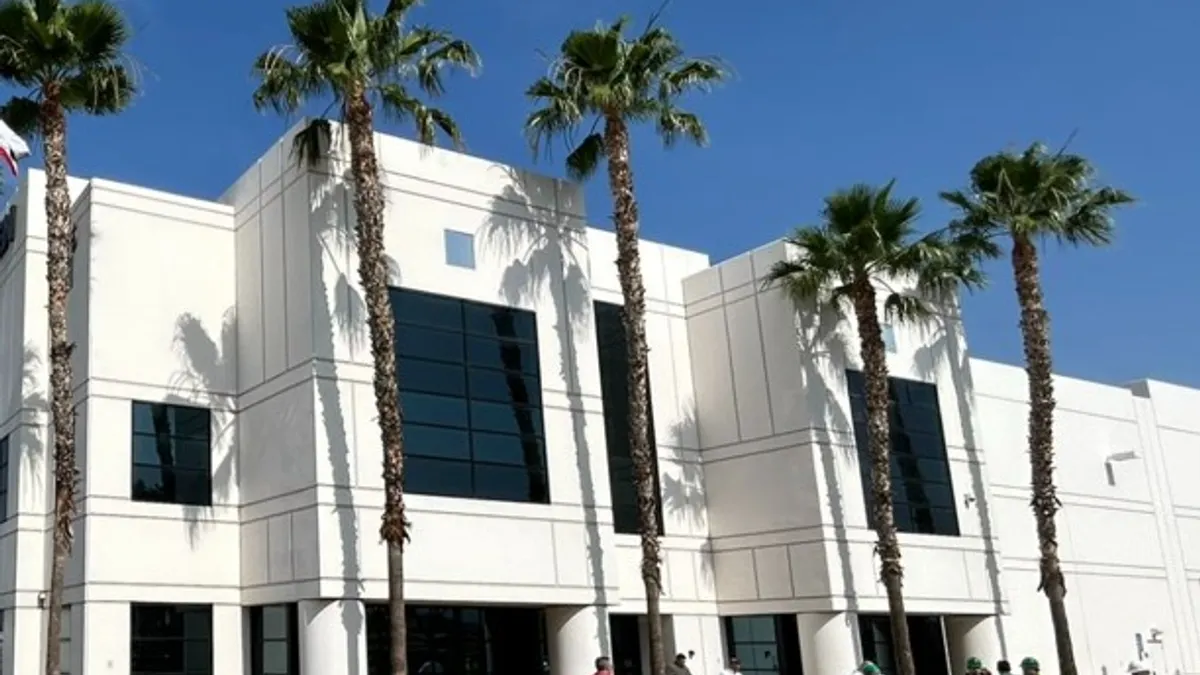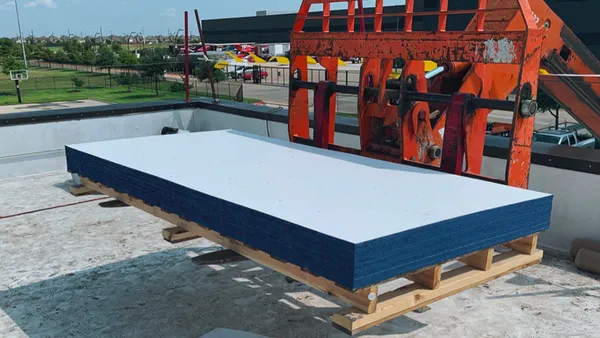Seattle is a West Coast hub for sustainability and zero waste pursuits, leading among large cities with banning polystyrene food containers, single-use plastic bags and organics disposal, among other notable policies and programs. Seattle Public Utilities, which manages the city’s solid waste services, has also strived to include oft-ignored multifamily housing dwellers in recycling and composting.
But going forward, Seattle isn’t centering its zero waste journey on diversion goals.
The 2022 Solid Waste Plan Update, which is still in the process of being finalized, could instead spur the creation of new measures of zero waste progress. SPU says it aims to “address the root causes of waste” and minimize impacts on health and the environment.
The 2011 version of the plan noted goals to recycle 70% of construction and demolition waste by 2020 and 70% of municipal solid waste by 2022. SPU’s reported calculations from 2021 reveal the city diverted 76.3% of C&D debris last year. It’s estimated that Seattle had a 52.7% recycling rate across MSW tonnage, the lowest rate recorded since 2009.
Proponents of rethinking diversion goals — the format by which many cities have set a North Star for zero waste pursuits — say they don’t reflect shifting waste collections practices and lighter tonnages that can come from investment in upstream waste prevention and reuse. Nor do recycling rate targets necessarily encapsulate benefits to the environment or circular economy development, said McKenna Morrigan, who serves as a strategic advisor on waste prevention and product stewardship at Seattle Public Utilities.
The city’s new plan intentionally focuses on advancing zero waste through prevention strategies to reduce waste, create a circular economy, and minimize carbon pollution as rapidly as possible. “We know that recycling is a part of that, but it's not the only tool or even the primary tool that we are focused on moving forward to achieve those goals,” Morrigan explained.
It calls for exploring additional metrics to better evaluate goals, which could potentially include waste generation and capture rates, and assessing how those could help measure Seattle’s work on waste prevention and the circular economy.
Morrigan, who joined SPU this year after working at Cascadia Consulting Group, noted an SPU symposium several years ago focused on this very topic. “I think there's even greater clarity now that we need new metrics.”
Decades-old recycling rate targets were sensible at one time, said Jessica Branom-Zwick, a senior associate at Cascadia, who has worked on the 2022 plan. “It's easy to measure, it's easy to explain. And when you start out with a recycling rate that's fairly low, it makes sense as something to aim for,” she said. In the absence of better information on the environmental impact of waste, “focusing on something very, very simple like a weight-based recycling rate made sense and seemed achievable.”
“And we saw a lot of progress, and you can see a lot of progress. But now as we get closer and closer to the targets, and not quite reaching them,” Branom-Zwick noted there are big external factors outside of a city’s control that affect its ability to achieve a recycling target, like the changing waste steam and weight of recyclable materials.
Branom-Zwick shared the example of how a reusable bottle program that gets people to bring their own rather than buying bottled water removes potential plastic bottles for capture from the equation entirely. “And so what you're left with is more stuff that's non-recyclable, because you're doing what's actually better, which is making those bottles not exist by replacing them with reusable bottles,” she said.
Even with the questions around efficacy of different zero waste metrics, advocates say they still serve a useful purpose.
“When the targets are set, the politicians have something to move towards. And so I think it's super important to have targets set and even if there's slow progress towards them, they are there,” said Heather Trim, executive director of Zero Waste Washington, a nonprofit group that pursues policy change. In general, linking zero waste efforts to climate goals can also lead to greater traction in implementation, Trim explained.
As for which strategies Seattle will focus on going forward, Morrigan highlighted the importance of not just diverting food waste from landfills via composting, but improving food rescue. “Our first line of action has to be around preventing food waste wherever we can,” she said. Morrigan also noted the recent Reuse Seattle public-private partnership between the city, event venues and other businesses to test and incorporate reuse systems.
In the zero waste movement more broadly, Morrigan expects it’s both inevitable and helpful that language around zero waste progress will continue to evolve.
“We need to have our eye on the real prize, which is reducing environmental impacts, improving quality of life in our communities,” Morrigan said. “I think that at the end of the day what's important is that we know what we're trying to accomplish. And we have ways of evaluating how well we're making progress towards that goal.”



